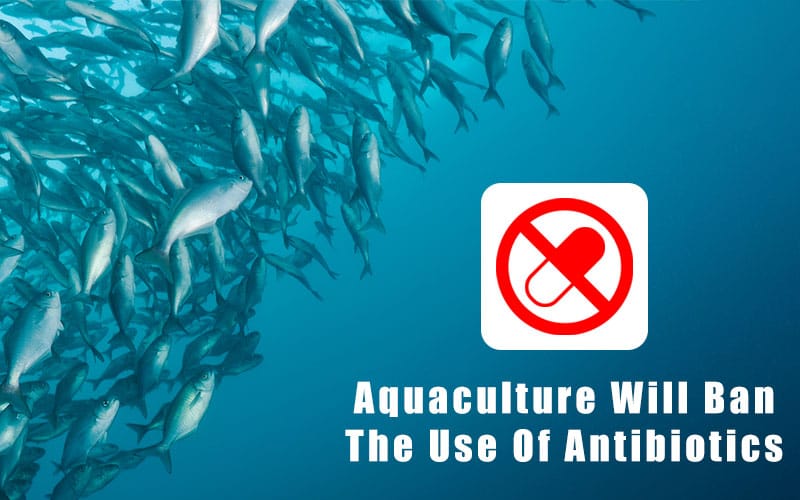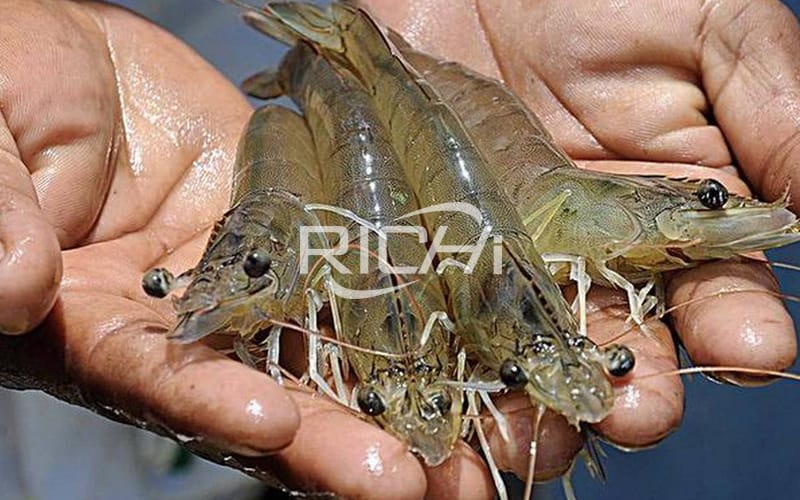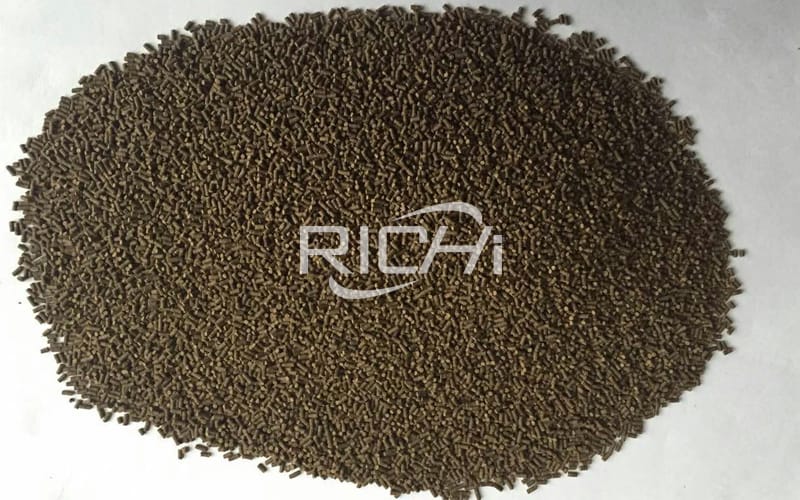[Special Focus]Aquaculture Will Ban The Use Of Antibiotics,Are you ready?
As we all know, antibiotics play a vital role in the aquaculture industry, and are even more indispensable for special aquaculture. Antibiotic treatment has obvious effects, which can effectively prevent diseases and improve farming benefits. However, the long-term use of antibiotics, drug residues and bacterial resistance problems are becoming more and more serious, so there are more and more calls to prohibit and reduce the use of antibiotics.
However, the Ministry of Agriculture of China has issued an announcement that from January 1, 2020, the production batch numbers of the 12 kinds of growth-promoting medicines and feed additives "Veterinary Medicine Timing" will be officially cancelled; from July 1, 2020, 12 kinds of growth-promoting medicines and feed additives will be banned in commodities Add to use in feed; from December 31, 2020, commercial feed containing 12 kinds of growth-promoting feed additives is prohibited from circulation. In 2020, the overall situation of China's feed" prohibition of antibiotics" is set! This status quo is particularly important for countries that export aquatic products to China. Although the policies and standards of different countries and regions are different, the ban of antibiotics is the ultimate direction of aquatic feed processing. Even if there are no very strict restrictions in your area, with the development of feed technology and animal aquaculture technology,finding methods, learning new breeding techniques, and researching new feed formulations are issues that the entire special aquaculture industry needs to pay attention to.

1.Antibiotics are used to treat diseases, not to prevent diseases
As we all know, antibiotics play a decisive role in the aquaculture process: ① Prevention and treatment of epidemic diseases: the direct elimination of pathogenic bacteria and inhibition of disease prevention. ②Promote production: promote animal growth, increase daily gain, reduce feed-to-meat ratio, and improve animal feed utilization efficiency.
Taking P. vannamei as an example, various diseases will occur during the culture of P. vannamei, many farmers will use antibiotics to add to the feed, want to play a role in preventing diseases, but excessive abuse of antibiotics also brings many undesirable consequences, Summarized as follows:
(1) Long-term use of antibiotics will destroy the shrimp and the microbial community in the water body, reduce the immunity of the shrimp and destroy the stability of the water body;
(2) Long-term use of antibiotics will cause the emergence of drug-resistant strains. Once the disease occurs, no medicine will be available, resulting in breeding failure;
(3) Long-term use of antibiotics will cause antibiotic residues in the shrimp and cause hidden dangers to food safety;
(4) Long-term use of antibiotics will also cause water pollution and affect drinking water safety.
But in the breeding process, it is difficult for us to avoid the occurrence of diseases, then we will consider antibiotics. So first of all, it is necessary to determine whether the disease of P. vannamei is viral or bacterial, or environmental factors. At present, only antibiotics for bacterial diseases can be effective. In other cases, it is not only ineffective, but also increases costs and produces resistant strains. Pollution water environment.
Therefore, we must know that antibiotics are used to treat diseases, not to prevent diseases. And to prevent disease. The large-scale use of feed antibiotics and the emergence of bacterial resistance have an impact on food safety and human health. These problems can be avoided through prohibition of antibiotics, so it has a positive effect on the sustainable development of the industry. However, in the short term, it is a huge impact on the aquaculture industry.

2. Take Chinese aquaculture as an example
The current level of aquaculture management in China is relatively low, and the environmental facilities and conditions are not ideal. Prohibit the use of antibiotic feed will increase the mortality rate of aquatic products, reduce the production level of the aquaculture industry, and greatly increase the cost of aquaculture. The absence of antibiotics in feed may cause a large increase in antibiotics used for on-site treatment in aquaculture. The total amount of antibiotics used in the aquaculture industry may not be reduced in the early stages of the "Prohibition of feed antibiotics" , and aquaculture faces huge challenges.
In order to better meet the arrival of the era of resistance-free, we should make plans to replace antibiotics in advance. In aquaculture, we should start from four aspects: selection of feed substitution products, optimization of feed formulations, feed processing technology, feeding management technology, and truly respond to the form and policy of the country.
①Selection of alternative antibiotic products in feed
Additives with nutritional functions and pharmacological effects should be selected to improve the production performance of aquatic animals; natural green extracts should be selected to effectively improve the balance of flora in the intestines of aquatic animals, reduce the occurrence of intestinal diseases in aquatic animals, and improve the digestibility of feed ; Additives with immunoregulatory effects should be selected to maintain the body’s normal immune function, improve disease resistance, and ensure the health of aquatic animals; select additives that effectively promote metabolism, significantly reduce liver and pancreas fat content, reduce liver damage, and significantly improve Liver and gallbladder function of aquatic animals, good body color and body shape, and excellent commercial traits.
② Optimize aquatic feed formula

Optimize the formula and strengthen the raw material quality control. The formulator will optimize the raw material combination according to the feeding target and the actual situation of the feed enterprise. The ultimate goal is to maximize the genetic potential of animals. Precise formula is the core of achieving resistance-free. To achieve precise formula, first of all, it is necessary to clarify the feeding target and return to the aquatic animal itself to consider the formula. In terms of raw material selection, selection and combination should be based on aquatic animal diet and raw material characteristics:
(1) Pay attention to the absolute content of nutrients in raw materials, and consider the balance and digestibility of nutrients.
(2) Pay attention to the types and contents of anti-nutritional factors in raw materials, especially soybean anti-nutritional factors.
(3) In terms of fiber source, reduce the source of corn fiber and increase the functional fiber conducive to intestinal development.
(4) Consider the physical properties of the raw materials, especially the processing attributes. Ease of crushing, storage performance, moisture absorption, fluidity, granulation performance, etc.
(5) Pay attention to the stability of raw material supply. To keep the formulation stable, the raw material needs to be supplied steadily for a long time. According to aquatic animal objects, the implementation of dynamic nutrition standards, accurate optimization of nutrients, special attention to disease-resistant nutrients.
3. Feed processing technology
Forbidden feed resistance is not simply to take out antibiotics, and replace it with several so-called anti-additive additives. You should sit back and relax, and you should treat it as a systematic project. Prohibition of antibiotics is a complete revolution for feed production enterprises.
Each unit of the production link needs to cooperate closely. Through the optimization of process parameters and the adjustment of equipment selection, the pressure of formula without antibiotics can be reduced, and the idea of non-resistance formula can be realized.
(1) In most aquatic feed formulations, more than 60% are plant-based raw materials, consider how to remove anti-nutritional factors from plant-based raw materials through processing; improve the hygienic quality of feed through processing, especially mycotoxins to ensure biological safety; The key to improving the utilization rate of aquatic feed through processing is to select an appropriate curing method and molding mode.
(2) Maintain the activity of functional substances, such as enzyme preparations, probiotics, vitamins, and most of the functional substances are heat-sensitive substances.
(3) Improve the on-site production process, choose a reasonable crushing fineness, fully adjust the aging, and select a reasonable material type (expansion or granules) according to the aquatic animal's diet.
4. Feeding management technology
Do environmental management, maintain a good growth environment, do a good job of water quality control, reduce water pollution, and reduce the chance of stress and pathogen exposure.
Carry out aquaculture immunization monitoring, establish aquaculture standardization and standardized immunization procedures; screen sensitive disinfectants according to the characteristics of the farm, standardize the farm disinfection technology, establish a disinfectant type suitable for the farm and applicable specifications, and a strict biological safety and epidemic prevention system ; Develop daily aquatic care and treatment programs.
Stopping antibiotics for aquatic feed is imminent, but the road to breeding without antibiotics is still very long, Let's join hands and forge ahead!
[Expand knowledge:Richi Mahcinery complete customized aquatic feed processing line solution]
1.Fish feed pellet making plant
3.Carb Feed Pellet Production Line
If you want to built one complete pellet production line in your country, pls send the inquiry to us. We will customized design according to your requirement.



